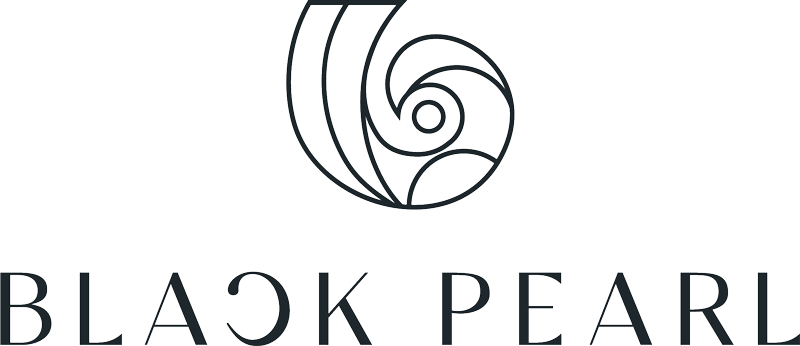Introduction
In the world of fashion, the concept of inclusivity has gradually expanded to embrace individuals from diverse backgrounds, experiences, and abilities. One critical aspect of this inclusivity journey is the recognition and amplification of disabled voices within the industry. This article explores the cultural history, challenges, and strides towards greater representation of individuals with disabilities in sustainable fashion.

The Cultural Narrative
The cultural history of the disability community in the fashion industry is a testament to resilience, activism, and increasing visibility. Historically, the fashion realm has often neglected or marginalised individuals with disabilities, perpetuating narrow beauty standards and limited representation. However, recent years have witnessed a gradual shift towards inclusivity and representation.
Challenges and Persistence
Throughout history, people with disabilities have encountered significant barriers to accessing fashionable clothing tailored to their unique needs. This exclusion stems from societal stigma and a lack of awareness within the fashion industry. Despite these challenges, pioneers within the disability community have tirelessly advocated for change, pushing for greater representation and accessibility in fashion.

Milestones in Inclusion
One notable milestone in the cultural narrative of disability representation in fashion is the emergence of adaptive clothing. Designed to meet the needs of individuals with disabilities, adaptive fashion offers innovative designs prioritising functionality without sacrificing style. This development has been instrumental in challenging traditional norms and expanding the scope of fashion inclusivity.
Despite progress, statistics reveal a sobering reality. Only a minuscule fraction of fashion brands actively incorporate adaptive designs, with less than 1% of clothing available catering specifically to people with disabilities. This limited availability perpetuates barriers to fashion access for individuals with diverse needs. Moreover, representation within the industry remains inadequate, with models with disabilities accounting for a mere fraction of those featured in mainstream campaigns and runway shows. This is exemplified by the statistics below.
1. Percentage of Models with Disabilities: According to the Fashion and Retail Access Project (FRAP), which tracks diversity in the fashion industry, only around 2% of models featured in major fashion campaigns have disabilities.
2. Market Size for Adaptive Clothing: The global market for adaptive clothing was valued at approximately £220 million in 2020, with projections to reach over £300 million by 2027, according to a report by Research Nester. This indicates a growing demand for clothing designed to meet the needs of individuals with disabilities.
3. Employment Rates among People with Disabilities: In the United Kingdom, the unemployment rate for people with disabilities was 12.6% in 2020, compared to 7.9% for those without disabilities, according to the UK Office for National Statistics. This disparity underscores the challenges faced by individuals with disabilities in accessing employment opportunities.
4. Social Media Representation: A study published in the Journal of Fashion Marketing and Management found that only 0.06% of Instagram fashion-related posts featured individuals with disabilities. This statistic highlights the lack of representation of disabled individuals in fashion-related content on social media platforms.
5. Legislative Compliance: In the United Kingdom, the Equality Act 2010 sets standards for accessibility in various sectors, including retail and commercial spaces. However, a report by the UK Equality and Human Rights Commission found that many retail establishments, including clothing stores, still face challenges in complying with accessibility requirements, indicating gaps in accessibility.

Persistent Challenges
Beyond statistics, persistent challenges persist within the fashion ecosystem. Reports indicate instances of inaccessible physical spaces, prejudiced hiring practices, and inadequate representation in leadership positions. These realities underscore the urgent need for systemic change and concerted efforts towards genuine inclusivity.
The Call to Action
While progress has been made, the journey towards inclusivity is far from complete. The fashion industry must confront its shortcomings and commit to meaningful action to bridge existing gaps. Embracing diversity, fostering accessibility, and championing inclusivity should be central tenets guiding the industry towards a more equitable future.

A Beacon of Hope
Despite challenges, the growing representation of individuals with disabilities in fashion campaigns, runway shows, and media plays a pivotal role in shifting perceptions and promoting diversity. By featuring models with disabilities, fashion brands not only celebrate diversity but also send a powerful message about acceptance and representation.
Spotlighting Initiatives
In this landscape, initiatives such as the lifestyle platform Cur8Able, the non-profit Runway of Dreams™, disabled models agencies like Zebedee Management, Kello Inclusive, and Models of Diversity, alongside innovation hubs and other organisations dedicated to creating possibilities, justice, and accountability in design, are worth spotlighting.

Elevating Voices
– Elevating voices from the disability community entails:
– Creating inclusive and accessible clothing with features like magnetic closures and adjustable straps.
– Showcasing diverse models with disabilities in marketing campaigns to challenge beauty standards.
– Collaborating with disabled designers to incorporate their perspectives into fashion lines.- – Advocating for fair treatment and representation, including inclusive hiring practices.
– Supporting initiatives that raise awareness about challenges faced by disabled individuals in the fashion industry.
Extract: The Sustainable Style Guide for Everyone

Conclusion
The journey towards disability representation in sustainable fashion is multifaceted, marked by both progress and persistent challenges. By acknowledging the past, confronting present realities, and committing to meaningful action, the fashion industry can truly embrace inclusivity and pave the way for a more equitable future.
To delve deeper into the conversations surrounding Sustainable Fashion, download the free resource through withblackpearl.com.




